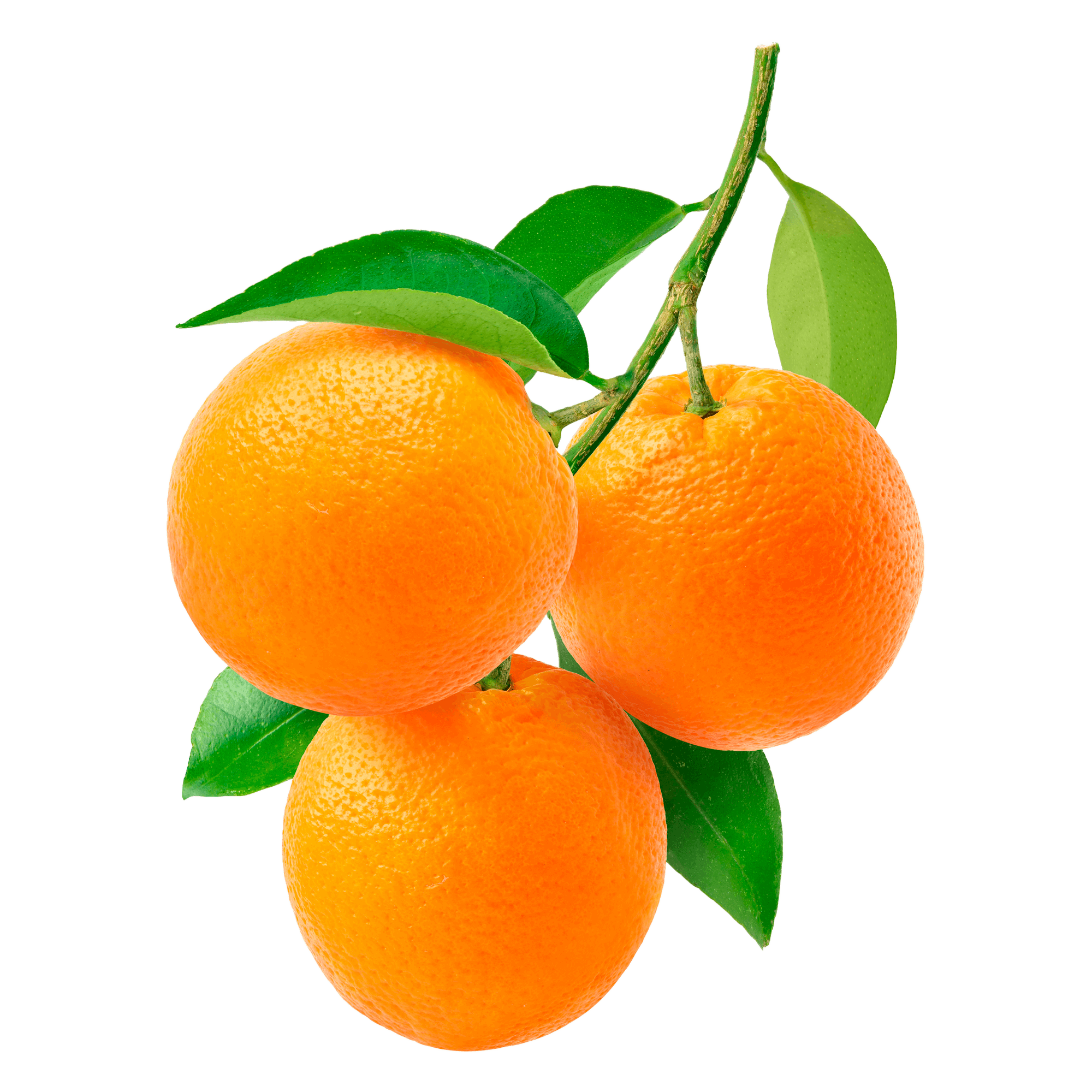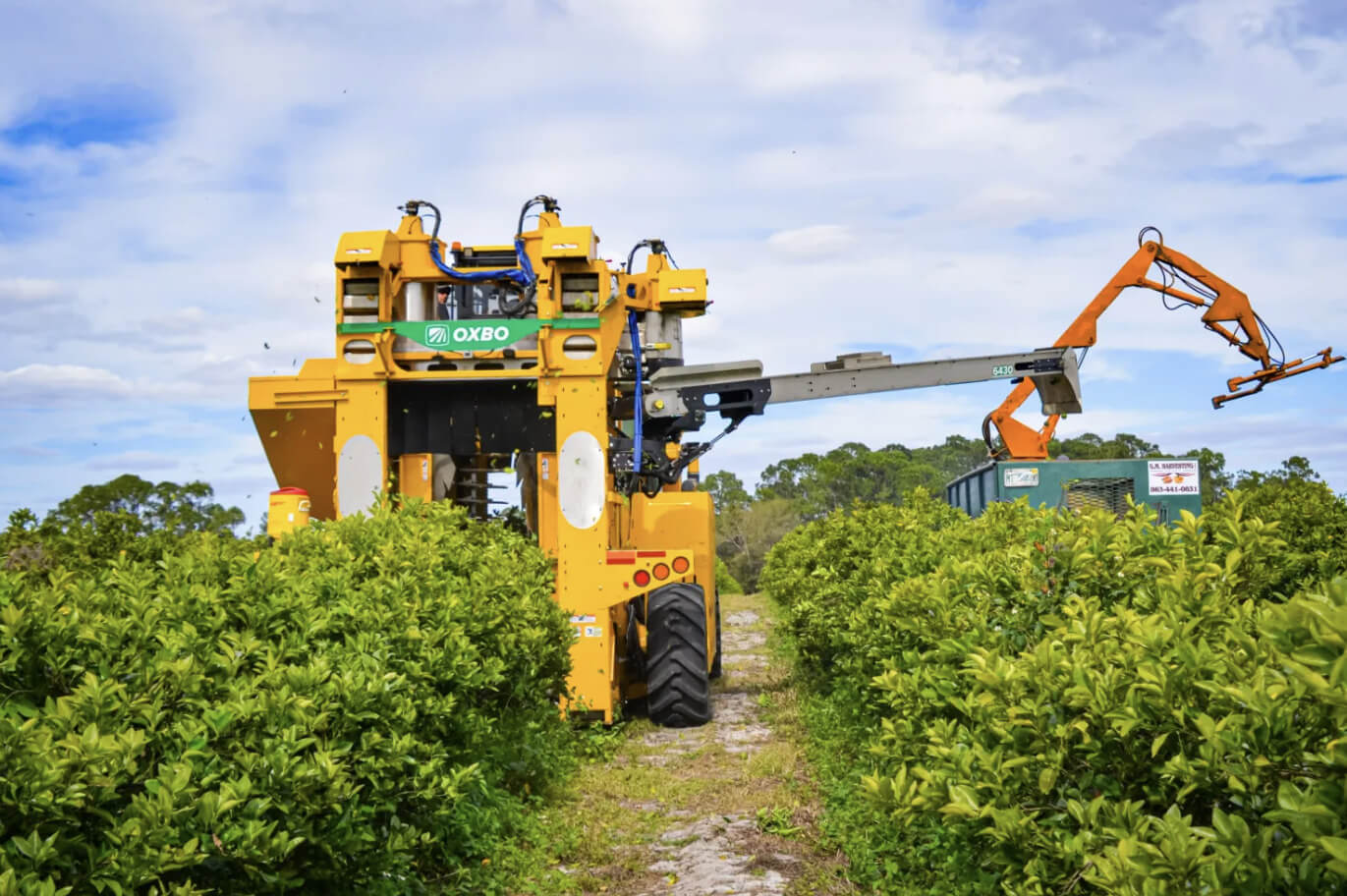Citrus
Super High Density Model

Advantages
- Fully mechanized harvesting.
- Complete mechanization of cultivation tasks from the moment of planting, significantly reducing costs.
- Early entry into production, leading to a quicker return on initial investment.
- Greater efficiency in the application of plant protection products. Reduction in the loss of these products.
- Higher product quality, with a high-quality harvest (correct state of ripeness, minimal fruit damage, and the fruits do not touch the ground, thus avoiding contamination and possible oxidation of the fruit).
Objectives
We work to provide producers, technicians, and companies in the sector with solutions to the new challenges that continue to arise: the development of new varieties and rootstocks, new training and hedge management systems, increasing productivity levels, and ultimately, new opportunities for the industry.
The productive model of the Citrus
Right choice of plant material: variety and rootstock
Nowadays, it is the most important factor due to the characteristics of the fruit, the taste quality, and the double suitability for fresh or industry, especially for early harvest varieties. Mechanical harvest for mid and late harvest varieties (May-June) could affect the yields of the next year.
The optimum varieties should have a good adaptation to each specific location, providing high and constant yields with optimum fruit quality.
Rootstock plays a key role because its adaptation to biotic and abiotic stress, yield, fruit quality, compatibility and size control of the variety.
Size Controlling Rootstocks
CIVAC-19 is a citrus rootstock co-obtention of Agromillora and IVIA (Instituto Valenciano de Investigaciones Agrarias, Spain), it gives naturally controlled vigor and good adaptation to a wide range of soils, especially the heaviest ones. Vigor control is key to having small volume canopies that are easily machinable and efficient in light distribution inside the canopy. Also, an efficient use of inputs requires small and bidimensional canopies.
Other rootstocks tested in several plots and used as a reference have been Forner-Alcaide nº. 5 (FA-5) and Forner-Alcaide nº. 517 (FA-517), also released by IVIA (Valencia, Spain). Rootstocks as 1600 and 1711 from the Centro de Citricultura de Cordeiropolis in Brazil and UFR-4, UFR-5, UFR-6 and UFR-17 from University of Florida are also showing good results.
Training Super High Density System
Super high-density plantation with hedge management oriented to a small-volume and two-dimensional formation System.
SHD plantings are based in narrow planting densities resulting on smaller and more bidimensional canopies when compared with the traditional ones. SHD plantings are well adapted to mechanization for pruning and harvesting with over-the-row machines, the ones used in grapes, almonds and olives, but also for manual harvest when required.
Comparison of the vigor
Rootstocks
Our catalogue
How can we help you?
Fill the form and contact us
Related articles
Technical tour of the main citrus industries in southern Spain
Technical tour of the main citrus industries in southern Spain During Democitrus in Spain, a group of various Brazilian entrepreneurs had the opportunity to visit and learn about some of the most prominent companies in the citrus sector in Andalusia For this visit, the collaboration between the corporate team, Agromillora Iberia team and the Agromillora […]
Sustainability in citrus relies on productive intensification and the hedgerow model.
Sustainability in citrus relies on productive intensification and the hedgerow model. Genetic improvement, low-vigor trees, and high-density planting frames for sustainable production of citrus at both environmental and economic levels. Producing sustainably in a scenario with labor shortages, water scarcity, or significant pest and disease pressures is the main challenge faced by fruit and vegetable […]
Growing Citrus Under Protective Screen to fight HLB
Growing Citrus Under Protective Screen to fight HLB Florida, and its traditional citrus orchards, has been suffering the effects of a destructive bacterial disease for over a decade now. HLB (Huanglongbing), also known as ‘greening’, has devastated close to two-thirds of the citrus plantations that existed 20 years ago. In two decades, the area of […]
Field Day Features Mechanical Citrus Harvest
The recent field day showcased how technology might help citrus growers with two of their biggest challenges: sourcing labor and fighting HLB The event was held at Lost Lake Groves in Lake Placid, Florida, and featured machine harvest of citrus trees in an experimental super-high-density grove. The grove has 908 trees per acre and has […]
See Citrus Mechanical Harvesting in Action
See Citrus Mechanical Harvesting in Action Learn how new grove architecture could change the way you grow citrus If you ask growers what their top two challenges are, most will list citrus greening (also known as HLB) and sourcing affordable and reliable labor. On February 8th, a grove demonstration will be hosted that might help […]
The data and results shown in these graphic resources are made for informative purposes only and it is not guaranteed to they will be achieved in all cases, due to several facts influencing plant growth such as climatic and geographical circumstances, soil characteristics, as well as use conditions and agricultural habits.






